How Ratings & Reviews Boost ASO Performance
Imagine scrolling through an app store and giving a split second to glance at star counts and review snippets. That quick glance often decides whether someone taps “Install” or swipes away. For mobile products, ratings and reviews are the quiet engines driving app downloads, trust, and improve app visibility.
Below, we dig into how ratings and reviews make or break ASO and reveal advanced tactics you won’t find in every mobile app marketing blog.
1. Understanding Ratings and Reviews in ASO
Ratings and reviews form a dual pillar in App store optimization.
- Ratings offer a snapshot metric; reviewers provide context, nuance, and often keywords.
- Together, they influence algorithmic ranking, user decisions, and brand perception.
Many app store ranking algorithms weigh recent ratings more heavily than older ones. A 4.8 average from two years ago may matter less than a 4.5 average from the past 30 days.
2. How Ratings Influence App Store Rankings
Ratings influence app ranking in both direct and indirect ways:
Direct weight in the algorithm
- Some app stores use a score that combines download velocity + rating score to decide ranking.
- A study by Sensor Tower found that apps with average ratings above 4.5 tend to rank 20% higher in charts than those at 3.5-4.0.
Indirect “social proof” effect
- High ratings lead to more installs, which boost downloads signals to the store: “this app is relevant.”
- Better ranking leads to more visibility and more installs, a virtuous cycle.
Recency matters
- Stores like Apple and Google weigh recent reviews more. If your rating sinks after a bad update, your ranking will too.
- That’s why your rating hygiene must be ongoing, not a one-time push.
3. Impact of Reviews on User Trust and Downloads
A high star rating can open the door, but genuine user feedback often seals it.
User trust and decision-making
- 89% of consumers check app reviews before installing.
- Detailed reviews reassure prospects on performance, bugs, and features.
- Reviews with images or video boost credibility.
Conversion lift
- Apps using review response strategies have reported 5-15% uplift in installs.
- One fintech app, after actively managing reviews and responding within 24 hours, saw its organic install conversion jump by 12%.
Keyword carryover
- Users may mention feature names that show up in review text and help your mobile app optimization by aligning content with users’ language.
A dating app responded publicly to complaints about inconsistent messaging, promised a fix, and then users updated their reviews. That feedback loop restored public perception and lifted its ranking in the “social” category.
4. Common Challenges with App Reviews
Even seasoned mobile app marketers face these hurdles:
- Review fatigue: Users rarely leave feedback unless prompted.
- Fake or spam reviews: Some competitors or malicious actors can post distrustful reviews.
- Delayed updates feedback lag: When you push a new version, negative reviews roll in before many users try the fix.
- Language & market fragmentation: Reviews in multiple languages can hide patterns or sentiment.
- Overwhelming volume: Big apps may receive thousands daily, making review management a workout.
Many apps neglect micro-reviews. These short reviews carry little helpful context but drag overall sentiment; filtering or addressing them quickly can prevent a downward rating drift.
5. Strategies to Encourage Positive Ratings
You know that asking for a review helps, but how and when you ask is a science:
- Time the prompt smartly
- Ask after a “success moment,” e.g., the user completed a milestone.
- Avoid asking on first launch or when the user is frustrated.
- Use in-app review APIs
- These let users rate without leaving the app, improving completion rates by 3-5x compared to external redirection.
- Two-step review flow
- First ask, “Are you enjoying the app?”
- If “Yes,” show rating prompt; if “No,” show a feedback form and prevent negative rating from visible stores.
- Incentivize feedback
- Offer neutral incentives, e.g., “help us improve,” avoid “reward for 5 stars”.
- E.g., travel apps sometimes offer small bonus content or minor feature unlock as thanks.
- Localize prompts
- Tailor the review to the language and local culture.
- A prompt in the local language has higher acceptance than generic English in non-English markets.
These are proven ASO tips that serious app marketers use behind the scenes.
6. Handling Negative Reviews Effectively
Negative feedback is inevitable. What matters is how you respond:
- Respond quickly and publicly
- Show you care. A well-handled negative review can win back that user and impress others.
- Show you care. A well-handled negative review can win back that user and impress others.
- Acknowledge, empathize, act
- Don’t be defensive. E.g.: “We’re sorry this happened. Can you share your device and app version?”
- Don’t be defensive. E.g.: “We’re sorry this happened. Can you share your device and app version?”
- Follow up privately
- If a solution emerges, ask the user if they’d consider updating their review.
- If a solution emerges, ask the user if they’d consider updating their review.
- Track negative review themes
- Use tags or categories to detect systemic issues.
- Use tags or categories to detect systemic issues.
- Suppress abuse
- The report reviews violations of guidelines.
- In Google Play, you can request the removal of off-topic content.
Some brands use internal SLAs, e.g., respond to 90% of negative reviews within 24 hours. This approach is used by top apps in fintech and health segments.
7. Tools to Monitor and Analyze App Ratings
You need more than app store dashboards. Here are the tools top practitioners use:
- App Annie / data.ai competitive benchmarking, review sentiment trend lines.
- AppFollow real-time review alerts, sentiment analysis, and team tagging.
- Sensor Tower rating impact reports and category trends.
- MobileAction helps tie review keywords into your ASO roadmap.
- Google Play Console / App Store Connect native insights and filtering by countries, versions.
Set up Slack or Mail notifications for dips in your average rating in any region. That lets you respond before the algorithm reacts.
8. Best Practices to Improve Ratings and Reviews for ASO Services in Ahmedabad
Even though your users may come from all over, if you promote your ASO Services in Ahmedabad, making rating and review processes seamless reflects your expertise. Here are refined best practices:
- Set internal quality benchmarks, e.g., aim for a ≥4.7 star average per release.
- Avoid review walls that block core flows until a review is submitted.
- Use a phased prompt rollout test in 5% of users first to check for UX friction.
- Leverage “soft” reminders, e.g., gentle nudges after sessions instead of push spam.
- Coordinate app updates with review campaigns after a major fix, double the review prompts.
- Cross-promote feedback channels, e.g., social media, email, and in-product “Feedback” leads to reduced negative public reviews.
- Quality control responses maintain a tone guide so responses are consistent and professional.
- Continuous A/B test phrasing small changes can yield +20% higher acceptance.
Even for clients elsewhere, when your agency publicly shares that you manage review sentiment in Ahmedabad, it adds thought leadership to your brand.
Final Take
Ratings and reviews are not passive metrics; they are active levers. They influence app reputation, downloads, and even app store ranking. If you neglect them, your competitors will be in front of you.
The key lesson? Create a feedback ecosystem: request feedback at the right time, reply with the required speed and empathy, use the right tools for the analysis, and continue the cycle.
If a rating drop leads to the loss of your place in the top 20 and how quickly could you find it and turn it around?
The decision for your next install may not only be based on features, but also on the ratings and reviews management that you have done.
Use a mix of store-native consoles and third-party analytics platforms:
Native: Google Play Console, App Store Connect — essential for official metrics, crash reports, and response controls.
Review & ASO platforms: AppFollow (review tracking, response management), Sensor Tower (market intelligence), AppTweak (ASO and keywords), MobileAction, AppAnnie (now data.ai).
Customer support & analytics: Zendesk/Intercom for routing feedback; Amplitude or Firebase Analytics to correlate review spikes with events/crashes.
What to monitor in tools: avg rating, rating trend by country/version, review sentiment, mentions of specific features/bugs, and review velocity (spike detection).
How to use these tools: Set alerts for rating drops; create keyword dashboards (e.g., “crash”, “login”, “payment”); export frequent complaints into product backlog.
Frequency should be limited and contextual:
Don’t spam. Over-asking annoys users and risks negative reviews.
Rule of thumb: Ask only after meaningful, positive interactions and not more than once per major session or per X days (common patterns: no more than once every 30 days per active user, or once per successful conversion).
Gate by user behavior: Active, engaged users can be asked less frequently but at high-value moments. New users should get at least one chance after a successful onboarding.
Respect opt-outs: If a user declines the prompt, don’t show it again for a long cooldown or until a meaningful change occurs.
Implementation tip: Store a timestamp when you last asked for a rating and check it before showing another prompt.
An effective review management process includes monitoring, triage, response, and product action:
Centralized monitoring: Use app store consoles (Google Play Console, App Store Connect) plus review management tools (AppFollow, AppTweak, Sensor Tower, MobileAction). Set alerts for spikes in negative reviews.
Triage system: Categorize reviews (bug, feature request, UX, payment issues, spam). Prioritize critical bugs and crashes.
Response templates + personalization: Use templates but personalize them (reference device, OS version, or specific complaint). Always be polite, concise, and show appreciation.
Close the loop: If a review reports a bug and you fix it, reply again indicating the fix and release version. Invite the user to retry and update the review.
Internal workflow: Feed review insights into product backlog (tickets in Jira/Trello) with severity and impact levels so engineering can act.
Measure impact: Track how many responses lead to review updates, change in avg. rating after fixes, and reduced complaint volume.
Quick response examples:
Negative: “Sorry for the trouble — can you share your OS and app version? We’ll investigate immediately.”
Bug fixed: “Thanks for flagging — we fixed this in v1.2.3. Could you check and update your review if it’s resolved?”
Yes — negative reviews can:
Lower average rating, which reduces conversion and decreases ranking potential.
Increase churn (users see poor ratings and avoid installing), lowering installs and engagement — both are negative signals to store algorithms.
Surface bugs/issues publicly, discouraging potential users.
Mitigation approach: always respond quickly, publicly, and constructively. Offer to move the conversation to private support (email, chat) only after addressing the user’s concern. After resolving the issue, politely request the user to update their review.
What to track: response time to negative reviews, % of negative reviews resolved, whether resolved users update their review, and sentiment changes after app updates.
Ratings and reviews are both direct and indirect ASO inputs:
Direct signals: App stores use rating averages and review volume in ranking algorithms. More positive reviews generally improve rankings for relevant searches and boosts appearance in curated placements.
Keyword and relevance signals (especially Google Play): Review text can contain keywords and user phrases that help the Play Store understand what your app does — these can indirectly improve keyword relevance. The App Store also uses metadata and engagement signals; review text is less directly used for keyword matching than Play, but sentiment and engagement still matter.
Conversion optimization: Better ratings → higher click-to-install conversion → more installs → stronger ranking (a virtuous cycle).
Actionable tip: Monitor review keywords to surface organic user language you can test in your title, subtitle, and short description (Google Play) or subtitle and promotional text (App Store).

What started as a passion for marketing years ago turned into a purposeful journey of helping businesses communicate in a way that truly connects. I’m Heta Dave, the Founder & CEO of Eta Marketing Solution! With a sharp focus on strategy and human-first marketing, I closely work with brands to help them stand out of the crowd and create something that lasts, not just in visibility, but in impact!

Industrial Product Marketing with LinkedIn & Paid Ads

Top Digital Marketing Strategies for Industrial Products in 2026

B2B Product Launch Strategies: From Pre-Launch to Go-To-Market

